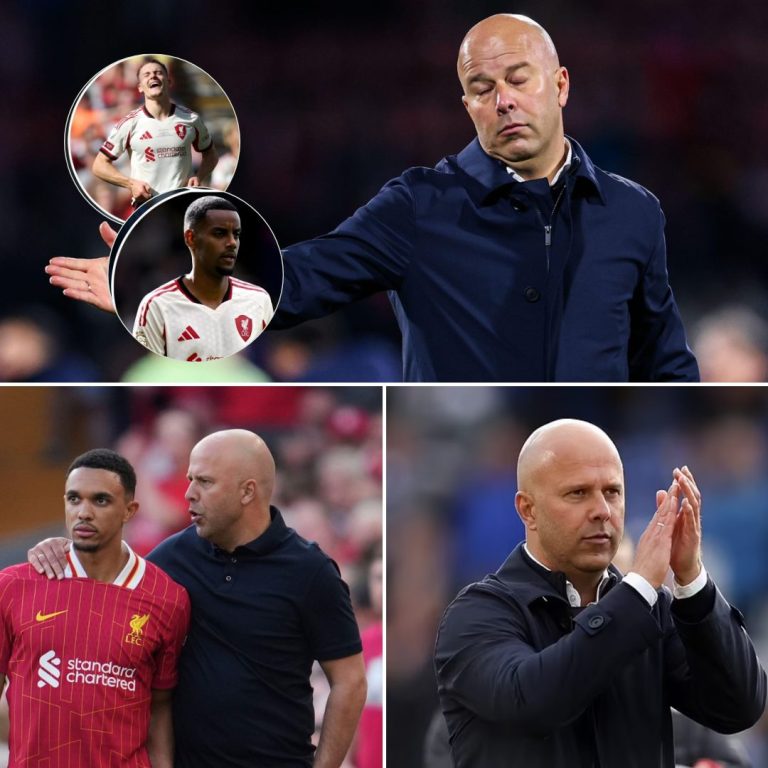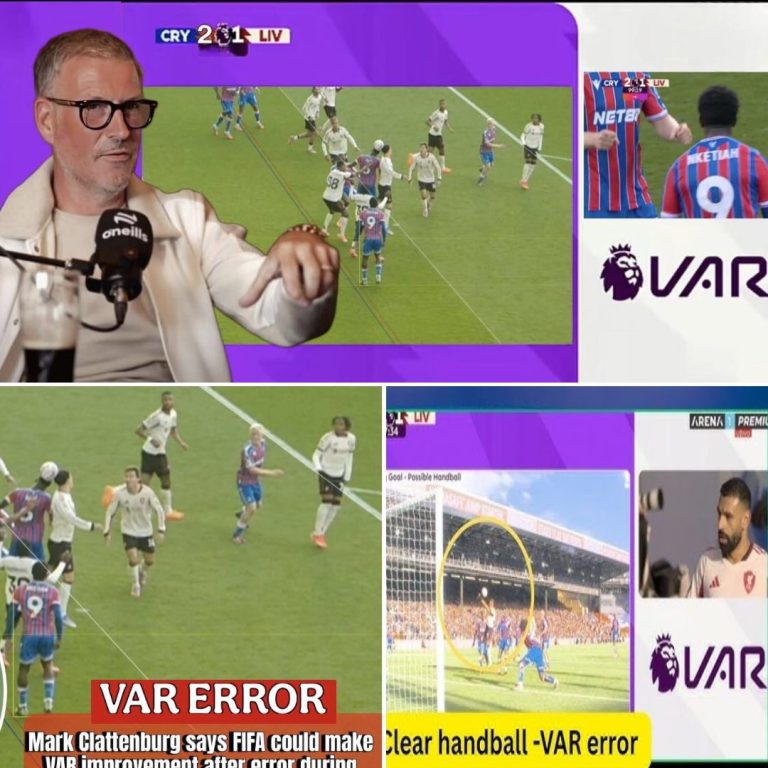In a shocking revelation that has sent ripples through the racing community, the autopsy report of NASCAR legend Dale Earnhardt Sr. has unveiled heart-wrenching details surrounding his tragic death on February 18, 2001. Known as “The Intimidator,” Earnhardt was not just a driver but a symbol of fearless tenacity and Southern motorsport royalty. His fatal crash during the final lap of the Daytona 500 was initially perceived as survivable, but the autopsy has confirmed a devastating truth: Earnhardt died from a basilar skull fracture, a lethal injury caused by the violent deceleration of his car hitting the wall.
 The report reveals that the impact was instantaneous and brutal, leaving no room for pain or awareness. Medical professionals confirmed that Earnhardt lost consciousness the moment his head whipped forward and snapped back, a tragic outcome of a seemingly minor collision. Further findings indicated blunt force trauma to the chest, fractured ribs, and a broken left ankle.
The report reveals that the impact was instantaneous and brutal, leaving no room for pain or awareness. Medical professionals confirmed that Earnhardt lost consciousness the moment his head whipped forward and snapped back, a tragic outcome of a seemingly minor collision. Further findings indicated blunt force trauma to the chest, fractured ribs, and a broken left ankle.
As the world mourned, NASCAR was forced to confront a painful reckoning. The autopsy findings ignited an urgent call for reform within the sport, leading to immediate investigations into safety protocols. The HANS device, a head and neck restraint system that Earnhardt had refused to wear, became mandatory, and new safety standards were swiftly implemented across all tracks.

In the wake of this tragedy, NASCAR has not recorded a single driver death in major events since. The legacy of Dale Earnhardt Sr. now serves as a stark reminder of the fragility of life in racing and the critical importance of safety. His story, marked by loss, has transformed NASCAR into a safer sport, ensuring that future generations of drivers can compete without the looming shadow of tragedy. As fans reflect on that fateful day, the impact of Earnhardt’s legacy continues to resonate, a powerful testament to the enduring spirit of racing and the lessons learned from heart-wrenching loss.






